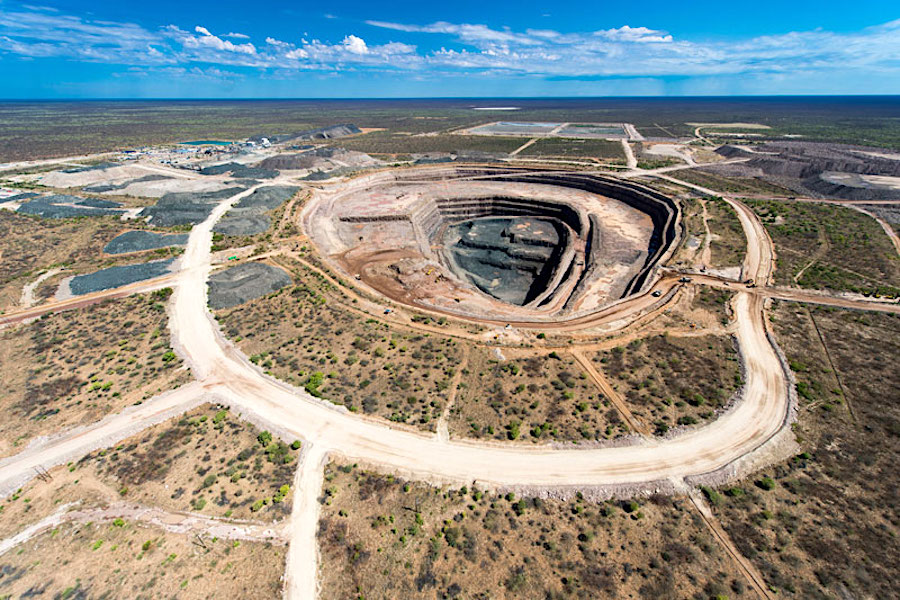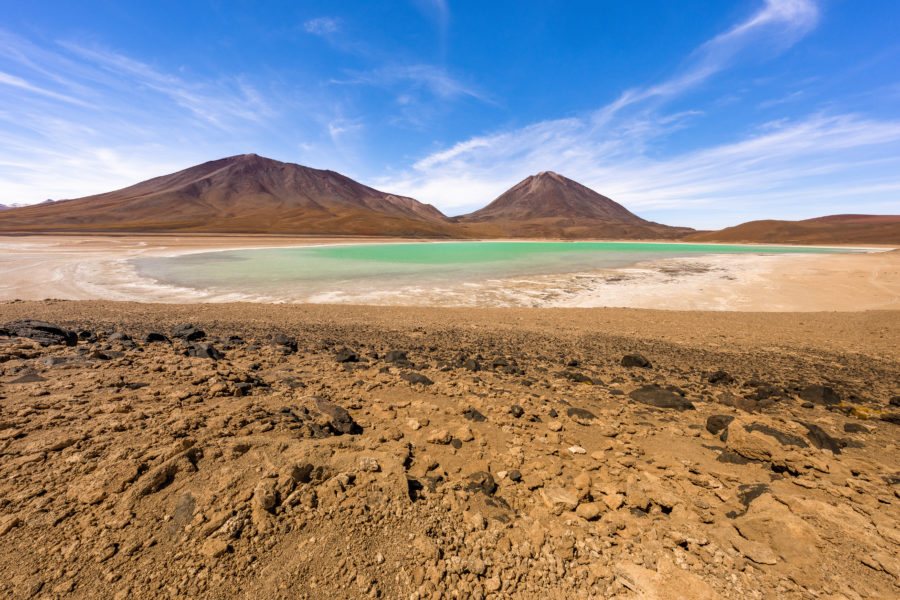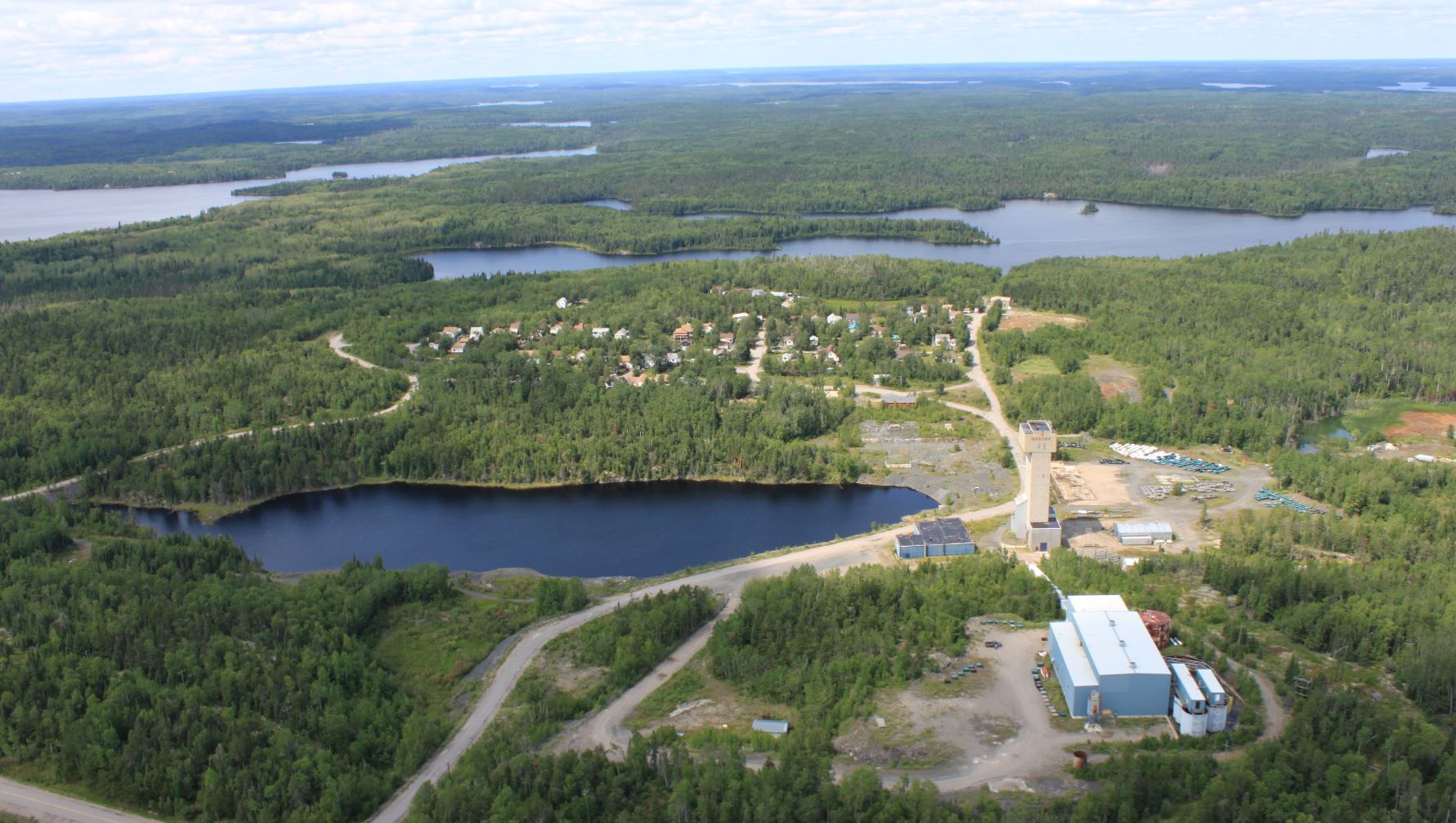Lucara Diamond moves forward with ‘stone by stone’ sales plan

Canada’s Lucara Diamond (TSX:LUC), the company that hit the jackpot in 2015 after finding the world’s second-largest diamond, is stepping up efforts to track gems in the supply chain and advance personalized sales by inking a deal with industry technology developer Sarine Technologies.
Through its subsidiary Clara Diamond Solutions, acquired in February, the Vancouver-based miner will include Sarine’s mapping and planning technologies into its sales platform, which applies algorithms to match rough diamond production with polished manufacturing demand on a stone by stone basis.
Miner will include mapping and planning technologies into its sales platform to match rough diamond production with demand for polished rocks on a ‘stone by stone’ basis.
Clara, which will hold its first rough diamond sale in the third quarter of the year, also uses blockchain, the technology behind digital currency bitcoin, to allow buyers source rough diamonds tailored to specific polished gems demand, resulting in improved margins for both buyers and sellers.
Under the terms of the collaboration agreement with Sarine, selected diamonds recovered initially at Lucara’s Karowe mine will undergo inclusion mapping using Galaxy technology, creating a digital fingerprint that will be uploaded to Clara’s platform.
Diamond buyers will upload their specific gem requirements in terms of size, cut, colour and quality for their specific needs, creating an order within Clara.
The new process will encourage sales on “a stone by stone basis”, Lucara said, allowing customers to purchase only those rough diamonds that meet their specific manufacturing requirements, which eliminates the need to re-trade and finance unwanted inventories.
Commercial production Karowe, the mine selected for the trial, began in 2012. Since then, it has produced an average of 320,000 carats a year from the treatment of 2.5 million tonnes a year of ore from three kimberlite lobes.
More News
{{ commodity.name }}
{{ post.title }}
{{ post.date }}



Comments
Karin Hall
I like Lucara and maintain a significant investment.